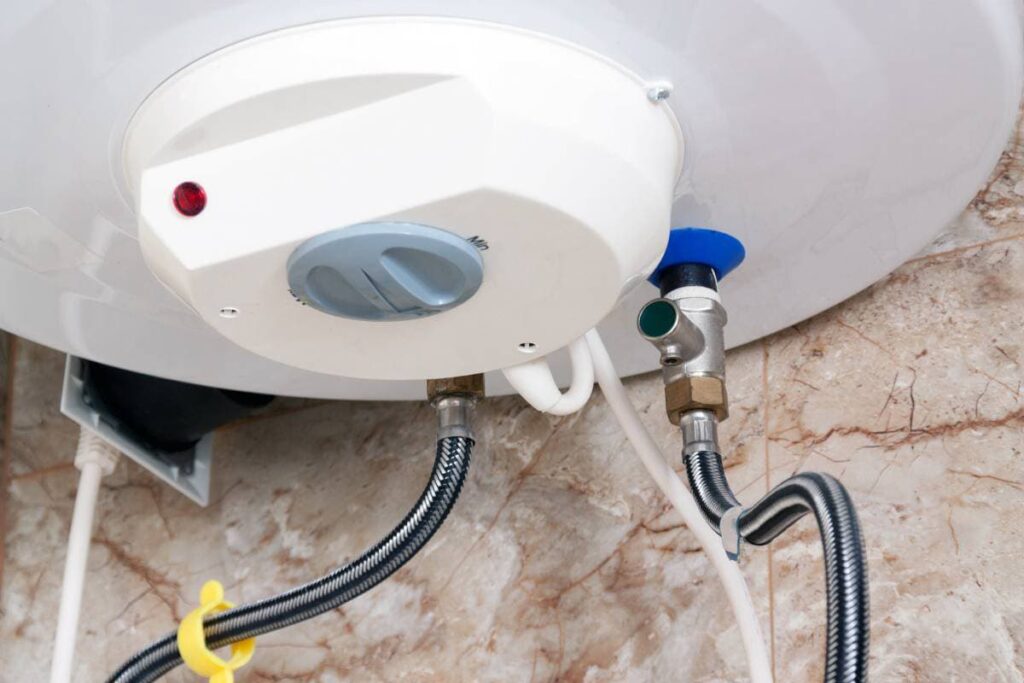We've found this great article about Tips For Maintaining Your Hot Water Heater below on the web and accepted it made sense to talk about it with you over here.

Hot water is crucial for daily convenience, whether it's for a refreshing shower or cleaning dishes. To guarantee your hot water system runs effectively and lasts longer, normal maintenance is vital. This short article gives useful pointers and insights on how to preserve your home's warm water system to avoid disturbances and costly repair services.
Intro
Preserving your home's warm water system may appear challenging, however with a couple of easy actions, you can ensure it runs smoothly for many years to find. This overview covers everything from comprehending your warm water system to DIY upkeep tips and understanding when to employ professional help.
Significance of Maintaining Your Warm Water System
Normal upkeep not only prolongs the life expectancy of your warm water system yet likewise guarantees it runs successfully. Neglecting maintenance can cause lowered efficiency, higher power costs, and also early failing of the system.
Signs Your Hot Water System Requirements Upkeep
Recognizing when your warm water system requires focus can prevent major issues. Watch out for indicators such as irregular water temperature level, weird sounds from the heating system, or rusty water.
Comprehending Your Hot Water System
Before diving into maintenance tasks, it's valuable to comprehend the fundamental components of your hot water system. Typically, this includes the hot water heater itself, pipelines, anode poles, and temperature level controls.
Month-to-month Maintenance Tasks
Routine regular monthly checks can assist catch minor issues prior to they intensify.
Flushing the Water Heater
Flushing your water heater gets rid of debris build-up, boosting effectiveness and prolonging its life.
Checking and Changing Anode Rods
Anode poles stop corrosion inside the container. Checking and changing them when broken is essential.
Checking and Readjusting Temperature Level Settings
Readjusting the temperature settings ensures optimum efficiency and safety.
DIY Tips for Upkeep
You can execute a number of maintenance jobs on your own to keep your hot water system in leading condition.
Checking for Leakages
Consistently check pipes and links for leakages, as these can lead to water damages and greater expenses.
Testing Stress Relief Valves
Examining the stress relief valve guarantees it works correctly and protects against extreme pressure accumulation.
Insulating Pipelines
Insulating warm water pipes lowers warm loss and can conserve power.
When to Call an Expert
While DIY maintenance is valuable, some problems call for expert knowledge.
Complex Problems Calling For Specialist Aid
Instances consist of significant leakages, electric issues, or if your hot water heater is consistently underperforming.
Regular Professional Upkeep Benefits
Expert upkeep can include complete evaluations, tune-ups, and making certain conformity with security requirements.
Final thought
Regular maintenance of your home's warm water system is important for performance, longevity, and expense financial savings. By adhering to these tips and understanding when to look for specialist help, you can make sure a dependable supply of hot water without unforeseen disruptions.
How to Maintain an Instant Hot Water Heater
Before tinkering with your hot water heater, make sure that it’s not powered on. You also have to turn off the main circuit breaker and shut off the main gas line to prevent accidents. Also turn off the water valves connected to your unit to prevent water from flowing into and out of the appliance. 2. When you’re done, you have to detach the purge valves’ caps. These look like the letter “T” and are situated on either side of the water valves. Doing so will release any pressure that has accumulated inside the valves while at the same time avoid hot water from shooting out and burning your skin. 3. When the purge valves’ caps are removed, you have to connect your hosing lines to the valves. Your unit should have come with three hoses but if it didn’t, you can purchase these things from any hardware or home repair shops. You can also get them from retail stores that sell water heating systems. Read the user’s manual and follow it to complete this task properly. When the hosing lines are connected, open the purge port’s valves. 4. You should never use harsh chemical cleaners or solutions when cleaning your unit. Make use of white vinegar instead. It should be undiluted and you’ll probably use about 2 gallons. 5. Now flush your water heater. This task should probably take about 40 minutes. We can’t give you specific directions for this because the procedure is carried out depending on the type, model and brand of your heater. With that being said, refer to the user’s manual. 6. When you’re done draining the unit, you have to turn off the purge port valves again. Remove the hosing lines that you earlier installed on each of the water valves. Put the valve caps (purge port) back in their respective places and be very careful so as not to damage the rubber discs that are found inside these caps. 7. Now that everything’s back in place, check your user’s manual again to find out how to reactivate your water heating system. 8. Once it is working, turn one of your hot water faucets on just to let air pass through the heater’s water supply pipes. Leave the tap on until water flows smoothly out of it. https://www.orrplumbing.com/blog/2014/september/how-to-maintain-an-instant-hot-water-heater/

I'm just very fascinated by What Kind of Maintenance Do Water Heaters Need? and I hope you enjoyed my blog entry. Do you know another person who is excited about the niche? Why not share it. Thank you for your time. Please visit our blog back soon.
Book An Estimate Now